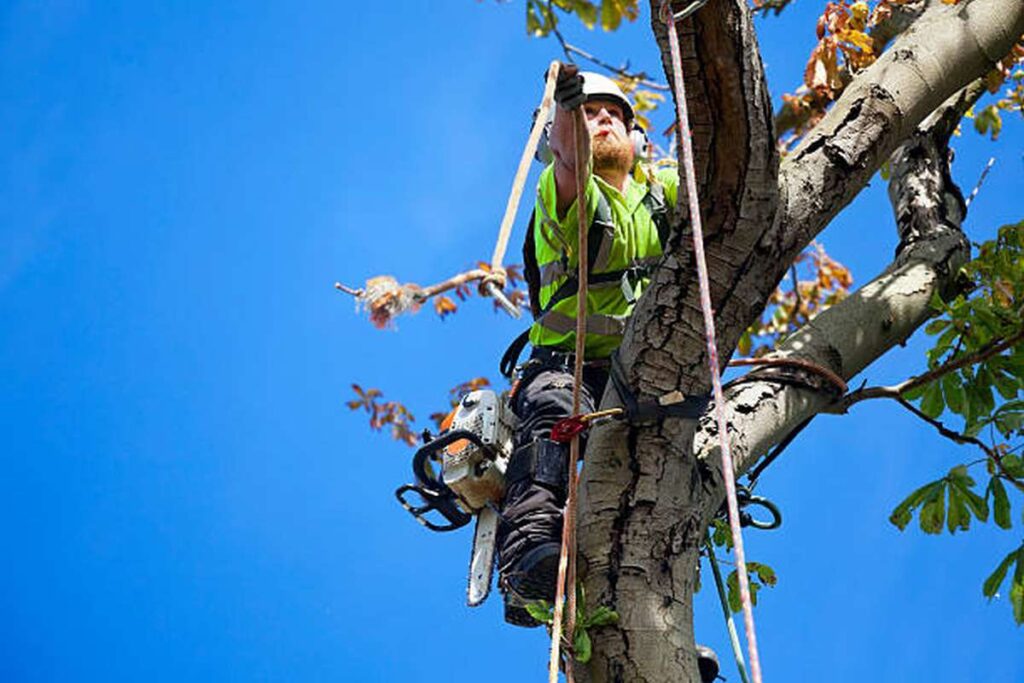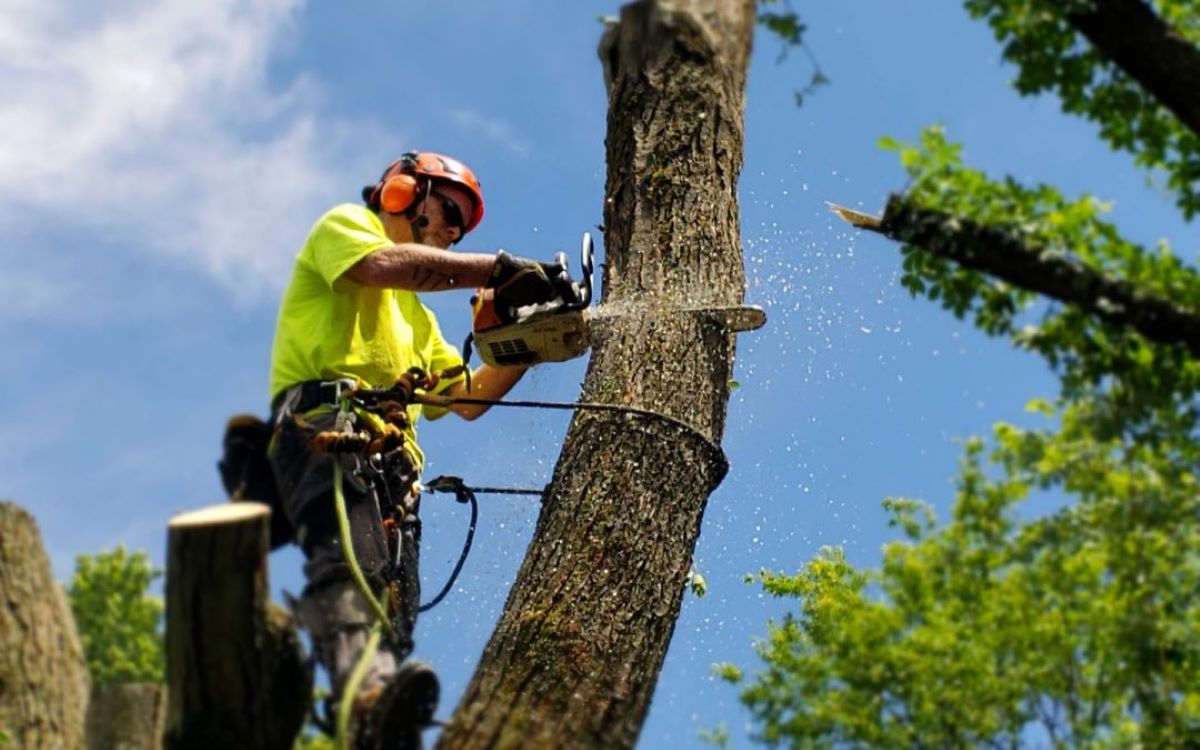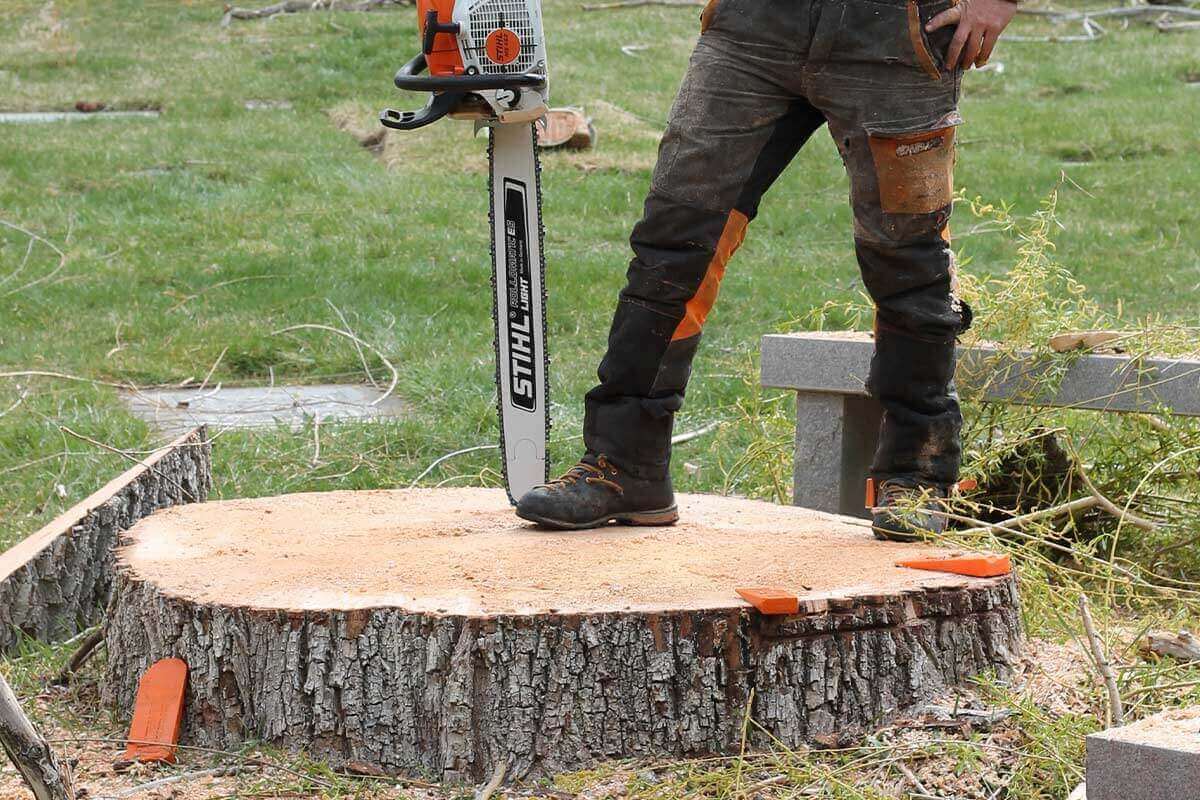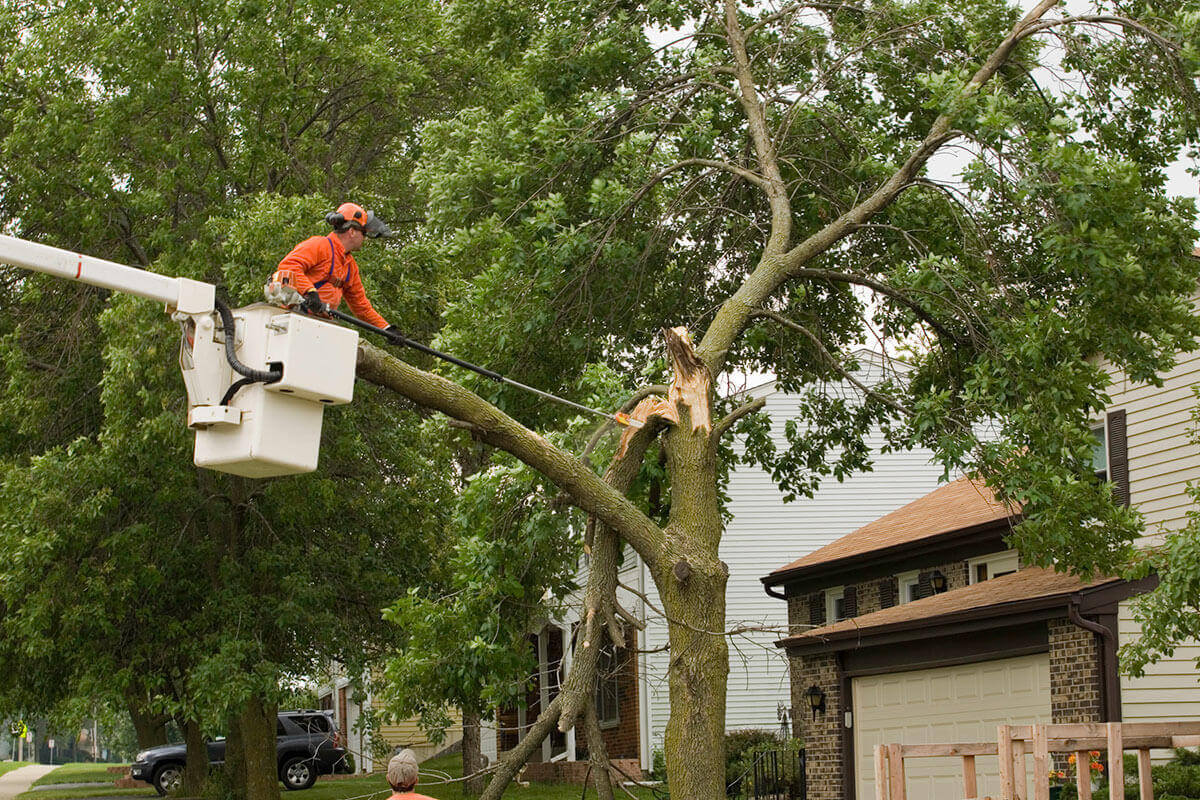When you look around a well-maintained property, there’s one thing that often stands tall—literally—and sets the tone for its curb appeal: the trees. Healthy, beautifully shaped trees can transform an outdoor space. But just like any part of your home, they require attention. That’s where professional tree lopping comes in.
You might think tree lopping is just cutting off branches, but it’s much more than that. It’s a strategic form of tree maintenance that improves tree health, protects your property, and ensures your outdoor space remains safe and visually appealing.
Let’s dive into what tree lopping is, why it matters, and the top benefits of hiring a professional to do it.
What Is Tree Lopping?
Tree lopping involves cutting back large sections of a tree—typically the branches or limbs—to control its size, shape, or growth direction. This is often done when a tree has become overgrown, poses a safety risk, or starts to interfere with structures or utilities.
It’s different from pruning. While pruning focuses on health and removing small, dead, or diseased branches, lopping is more aggressive. It’s used to remove major portions of the tree canopy or to reshape a tree entirely.
However, tree lopping isn’t just about chopping away at random limbs. It requires knowledge of tree biology, safe cutting techniques, and proper timing. That’s why hiring a professional is so important.
Why Tree Lopping Matters
Trees are resilient, but they’re not invincible. Without proper care, they can grow unevenly, develop diseases, or become structurally weak. Tree lopping, when done right, helps:
- Prevent hazardous branch falls
- Control tree size to fit the space
- Promote new, healthy growth
- Reduce damage risk during storms
- Keep surrounding areas open, sunny, and safe
It’s a proactive way to protect both your trees and your home.
Top Benefits of Professional Tree Lopping
Let’s break down why it pays to call in a pro when your trees need more than a simple trim.
1. Promotes Long-Term Tree Health
A certified arborist knows how to lop a tree without compromising its structure or life. When done with care, lopping:
- Stimulates fresh, healthy growth
- Removes infected or pest-damaged limbs
- Prevents overcrowding within the canopy
- Encourages balanced nutrient distribution
Example:
Imagine a tree with one side growing denser than the other. Without correction, it might lean, split, or fall. A professional will strategically lop branches to balance the tree’s shape and stability, allowing sunlight and airflow to reach all parts equally.
2. Increases Property Safety
Overgrown branches can become dangerous — especially during storms or high winds. Dead or unstable limbs might fall on power lines, your roof, vehicles, or even people.
Professionals can spot high-risk limbs that most homeowners might overlook. By removing them in advance, they prevent accidents before they happen.
Bonus Tip: If a large branch is hanging over your roof or touching electrical lines, it’s time to call a pro — don’t try to handle it yourself.
3. Enhances Curb Appeal and Property Value
A well-maintained tree can boost your home’s value by making the landscape look polished and inviting. On the flip side, a neglected, lopsided, or overgrown tree can make even the nicest property look messy.
Lopping improves:
- Tree symmetry and shape
- Visibility of your home from the street
- Space for lawns, gardens, and pathways
- Overall landscape design harmony
Think of it like this: A tree is nature’s sculpture in your yard. Professional lopping is how you carve and refine it.
4. Prevents Damage to Property Structures
Tree roots and limbs can slowly wreak havoc on your property. Large branches might scratch walls, block gutters, or crush fences. Underground roots can even crack pavement or invade plumbing lines.
Tree loppers evaluate not just what’s visible, but how a tree’s growth affects your entire landscape. By lopping the right areas, they guide the tree’s development in a way that reduces long-term damage risk.

5. Encourages Better Sunlight and Airflow
Dense canopies block sunlight from reaching grass, gardens, or even solar panels. Limited airflow under a tree can also create a damp, shady area where mold and pests thrive.
Professionals selectively thin out the crown (upper branches), allowing:
- More sunlight to nourish plants below
- Better air circulation through the canopy
- A brighter and more open yard space
This is especially important in humid regions where fungal infections or pest infestations can take hold in shady, still areas.
6. Prevents DIY Mistakes
Improper tree lopping can do more harm than good. Some common DIY mistakes include:
- Over-lopping (removing too many branches at once)
- Making improper cuts that don’t heal well
- Leaving jagged stubs that attract disease
- Causing the tree to grow back erratically
A professional knows which branches to cut and how to cut them to promote strong, healthy regrowth. They also ensure safety—using the right harnesses, ladders, and equipment, especially for tall or hard-to-reach trees.
7. Compliance with Local Laws and Guidelines
In many cities or towns, there are regulations around tree removal and lopping — especially for native or heritage-listed trees. You may need a permit or approval before doing major tree work.
Professionals stay informed about these rules and ensure your project stays legal. The last thing you want is a fine for cutting the wrong tree.
When Should You Consider Tree Lopping?
Here are a few signs that it’s time to call in a tree lopper:
- Branches overhanging your home or driveway
- Cracked or dead limbs that look unstable
- Trees blocking views, light, or utility lines
- Trees leaning or growing unevenly
- Signs of disease or pest damage
Even if your tree looks fine from a distance, regular inspections and maintenance can prevent costly problems down the road.
Risks of Improper Tree Lopping
As beneficial as tree lopping can be, poor technique or lack of knowledge can backfire. Here’s what can go wrong:
1. Tree Shock and Decline
Removing too much of a tree at once can cause stress and reduce its ability to photosynthesize, weakening it long-term.
2. Unsafe Regrowth
Bad cuts can lead to multiple weak shoots sprouting quickly, which are more likely to break off and cause injury later.
3. Structural Imbalance
Uneven lopping may cause a tree to become top-heavy or lean, raising the risk of falling.
4. Safety Hazards
Untrained attempts to lop a large tree could result in injury from falling branches, chainsaw accidents, or electrocution near power lines.
Why Hire a Certified Professional
Here’s what a certified tree lopper brings to the table:
- Deep understanding of tree species and growth patterns
- Safety-first approach using proper equipment
- Clean, precise cuts that encourage healthy regrowth
- Compliance with local council or city regulations
- Full cleanup and disposal of debris afterward
Just like you’d hire an electrician for wiring or a plumber for leaks, a professional tree lopper ensures the job is done right — without the risks.
Final Thoughts: Trees Need Expert TLC Too
Your trees are a long-term investment in your property — providing beauty, shade, and even emotional connection. But to keep them safe, strong, and stunning, they need regular care. And that’s where professional tree lopping comes in.
When done by the right hands, lopping can extend a tree’s life, improve its appearance, and protect everything around it — from your house to your family.
Takeaway: Act Before It’s Urgent
If you’ve been putting off tree maintenance, take a walk around your yard today. Look up. Are your trees well-shaped? Are they too close to your home or power lines? Do you see deadwood or crowded canopies?
It might be time to call in a professional and give your trees the care they deserve.



